Apart from the fact the toy won't work for long, it makes it potentially very dangerous and absolutely not usable.
If *water gets to batteries, then they could be effectively shorted out (read low enough resistance to cause problems). There is a risk of rupture (or explosion/fire) which may cause the contents of the battery to leak into the water the toy is supposed to be used in. This also depends on the type of batteries used.
My view is that since it's a toy, however unlikely, you must assume that the worst case will happen.
*perfectly de-ionised water is not very conductive, however most water is well ionised.
For interest's sake, based on the comments below I took a glass of water and some salts, an AAA battery holder and hooked it up to my supply whilst immersed.
As expected, the "pure" water had very little conductivity at 3V, but with salts added a peak of ~0.3A was reached. Remember surface area is important with solutions, so it may be more with real batteries. With two copper surfaces of few cm wide/across 1A was reached easily.
Not very scientific, but (hopefully) shows how the resistance can vary widely.
Anyway, here's a (bad, sorry) picture, note the bubbling from the negative electrode:

